When people hear the word mold, they usually think of dirty showers or rotten foods, but what none of us realize is that this toxic substance is actually everywhere – and we are breathing and ingesting it every day, to our knowledge or not. Therefore, it is important for all of us to know the signs of mold toxicity.
Contrary to our knowledge that mold is only what we can see growing in damp or wet areas, the truth is that most mold is practically invisible, because it grows undetected under our floors, behind our walls and even in our food. Whether or not we are able to see it, we are all subjected to its toxic and sometimes even deadly effects.
When our bodies become overrun by mold, it can literally shut down our immune system and start a cascading effect of illnesses that can take months and even years only to be diagnosed, let alone cured.
The Silent Killer
Not all molds are “bad” or toxic, at least to the same degree, but there are definitely some very poisonous and even lethal varieties. They are called mycotoxins and can be challenging to kill or get rid of once they take hold in our environment and even our body.
Mycotoxins contaminate everything within their environment, including things such as furniture, linens, draperies and even clothes.
Once in your body, mycotoxins begin attacking your immune system, making a mess out of your nervous system, your joints, and even your brain.
All this can ultimately lead to many horrible diseases and, in many cases, the damage caused by these tiny toxins is irreversible.
According to a 2005 study published in the International Institute of Tropical Agriculture,
“Acute toxicity generally has a rapid onset and an obvious toxic response, while chronic toxicity is characterized by low-dose exposure over a long time period, resulting in cancers and other generally irreversible effects.”
Mold Toxicity
Even if you are only mildly affected by mold, you are still very likely to feel its effects in the form of allergies.
A 2011 study published in Applied and Environmental Biology, revealed that between 25-28 percent of North Americans are now genetically predisposed to feel negative effects when in areas with water-damaged such as their homes or workplaces.
The study also revealed that “dampness,” which is the perfect breeding ground for fungi and mold, is present in up to 50 percent of homes and buildings in North America and that “…fungal growth is a problem in 15 to 40 percent of North American [homes].”
To sum all this up, there is a 50/50 per cent chance that your home or workplace will be affected by mold, and, if it is, there is up to a 40 per cent chance of you experiencing negative health issues because of that.
Where Does Mold Grow?
Mold is especially keen on damp, poorly ventilated areas such as bathrooms, basements and any place that has water.
It can start with a small leak in your roof or behind your faucet. You may have had a flood that was not properly cleaned and because of that, now mold lives under your floors, in the under padding of your carpets or behind the drywall.
Sometimes, mold may be brought into your home without you even knowing, by contaminated materials during construction, such as untreated wood or other construction materials. Mold also grows in places such as a dirty HVAC system, where dust and moisture have been piling up for months or even years.
In many cases, there are e strains of mold that survive and grow in dry and arid climates, like in Arizona or Nevada, where there is a specific type of mold that causes severe breathing issues for susceptible people.
But your home or other buildings are not the only places this toxin grows. Foods can also be very susceptible to mycotoxins. Some of the most vulnerable categories of food that can be infected by mold are grains, chocolate, nuts, wine, and coffee.
How Do I know If I Have Mold Poisoning?
The issue with mold allergies and/or poisoning is that up until recently, doctors and other medical professionals did not know what caused the symptoms in patients, so they would simply tell their patients their symptoms were all “in their head”.
However, as more and more studies are showing, the effects of mold are very real and can even be life-threatening and carry fatal consequences to some individuals.
When you are chronically exposed to mold, your symptoms may start out as mild, but as your body begins to become overwhelmed by the toxins it’s constantly exposed to, the symptoms will progress.
And unless you have a doctor who is familiar with the signs and symptoms of mold toxicity, you can easily be misdiagnosed, because the symptoms can resemble those of many other diseases and syndromes—specifically Fibromyalgia , Celiac disease, Lyme disease, Chronic Fatigue Syndrome and others.
And to further complicate the problem, the treatment for these conditions is much different than that for mold toxicity and in some cases, it may even make the problem worse.
Warning Signs and Symptoms of Mold Poisoning:
- Blurred vision
- Auto-immune issues
- Fatigue
- Neurocognitive problems
- Weight fluctuation Brain Fog/Confusion/Memory loss
- Sensitivity to light
- GI problems/food sensitivities
- Joint pain
- Headaches
- Mood issues
- Sleep issues
- Inflammatory problems
- Numbness and tingling
- Sensitivity to light
If you have a compromised immune system, mold can attack your lungs, skin, organs, eyes and cause devastating effects such as lung cancer or renal failure.
What Can I Do?
If you suspect mold might be a problem, there are several things you can do:
1. Test your environment. The most reliable and widely used test is the ERMI (Environmental Relative Moldiness Index), which was developed by the Environmental Protection Agency (EPA). If there is mold present, this test will reveal what type and whether it is toxic.
2. Find a professional mold remediation expert. If the test comes back positive, you can then work with a professional mold remediation company that can help you determine the source of the mold and make all necessary repairs to leaks, or remove contaminated materials, clear air exchanges etc. Once all the work is done, make sure you test the area once again in order to ensure that all of the spores are absent before rebuilding or moving back in.
3. Find a doctor that specializes in mold-related issues. look specifically for a doctor who is trained in the “Shoemaker Protocol” or is familiar with mold illness so you can begin the detoxification process.
4. Obtain a healthy lifestyle. Once get rid of the toxins in your body, you will need to continue to support your health by avoiding foods that feed or contain yeast, mold and fungus such as carbohydrates and sugars—you will especially need to follow a Candida Diet. There are also supplements such as glutathione, activated charcoal, olive leaf, and many others that can help you rebuild and restore your body.
5. Stay informed. While the world may just be starting to understand the effects that mold can have on our health, there are still many wonderful resources you can take advantage of to better inform yourself and your family.
Source:
www.dailyhealthpost.com/14-early-warning-signs-of-mold-toxicity-everyone-should-know-millions-are-exposed-every-day

















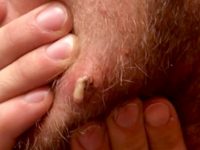
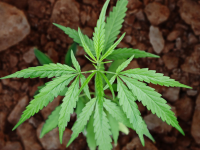


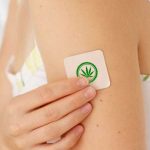

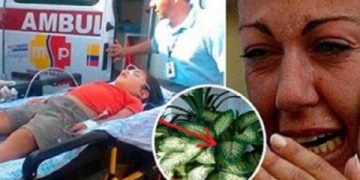


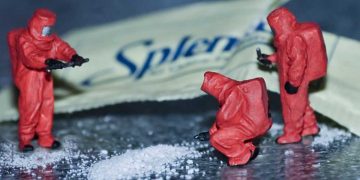
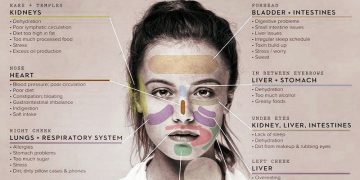
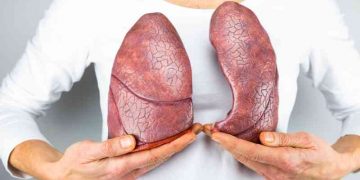
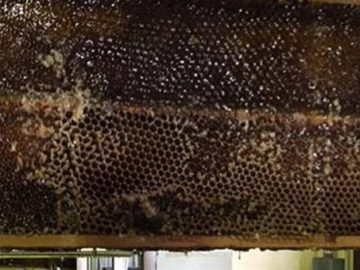






Connect with us